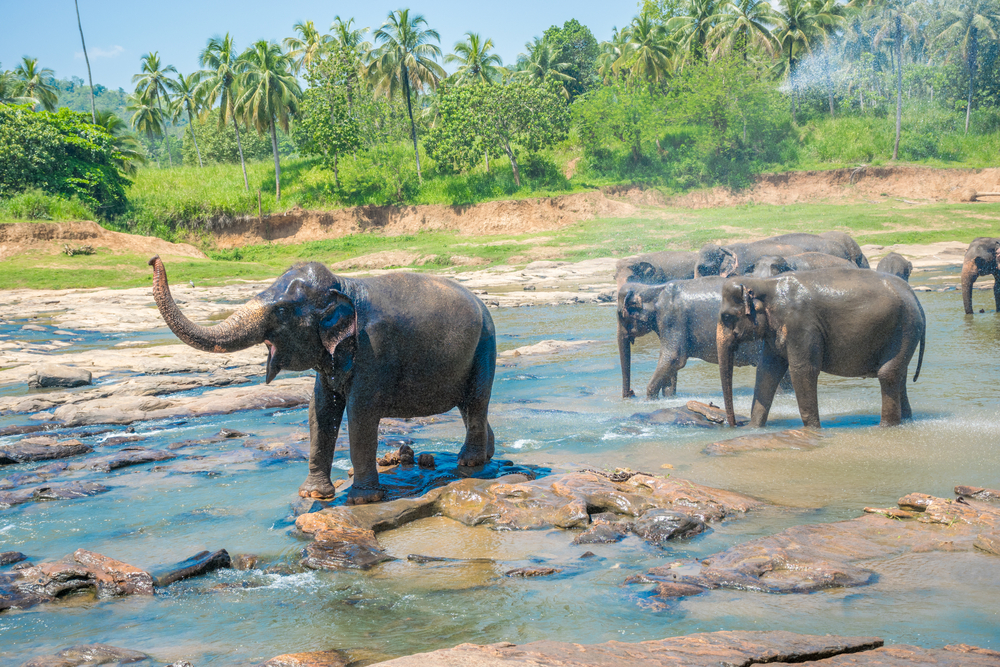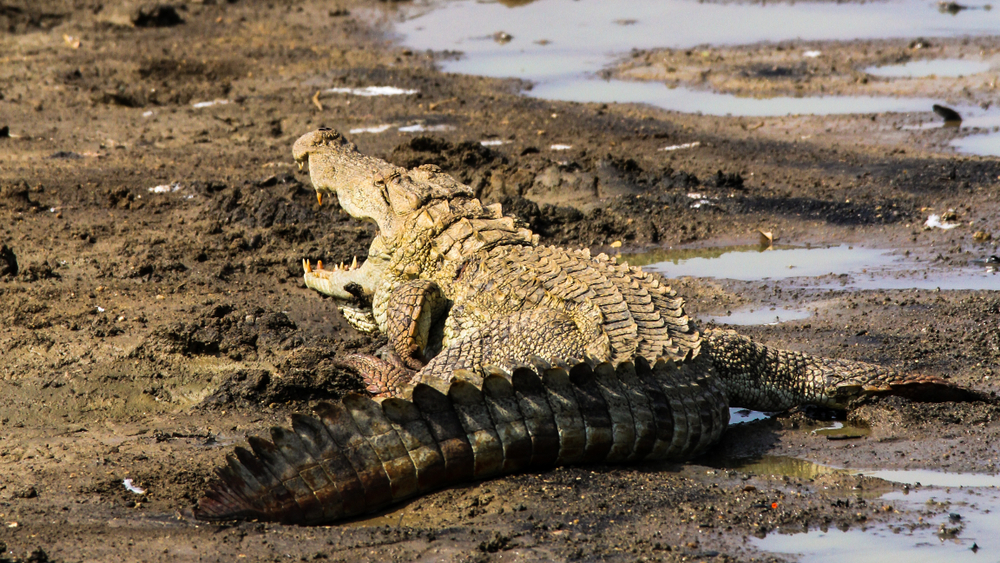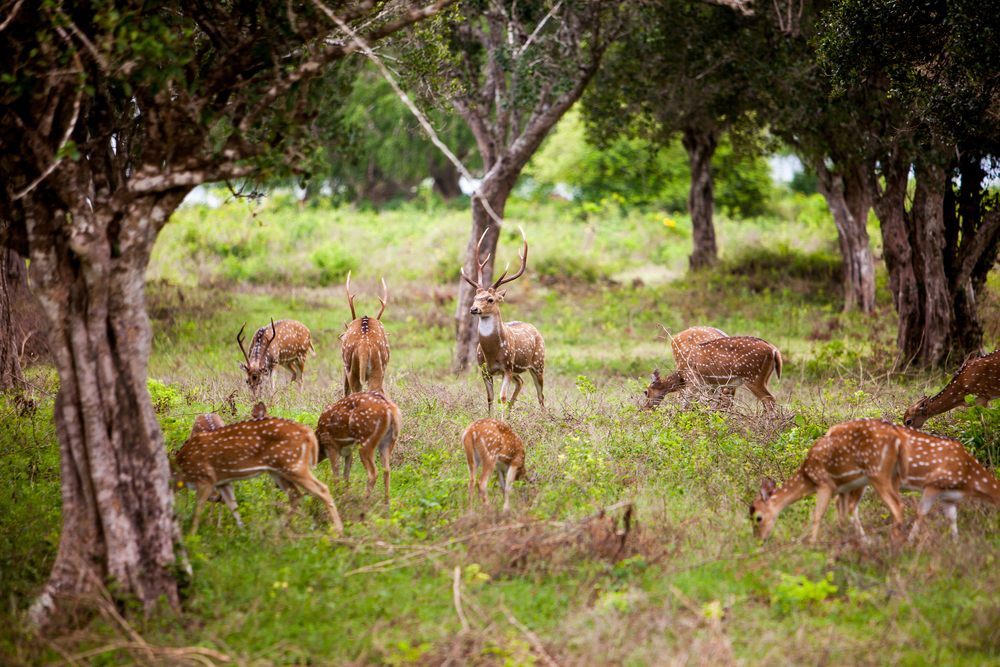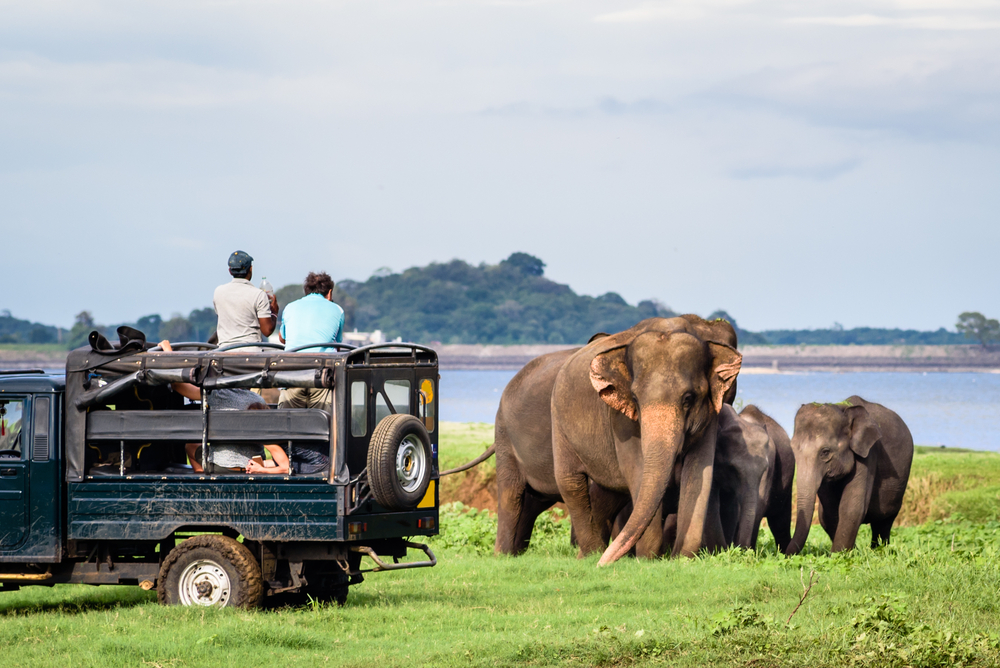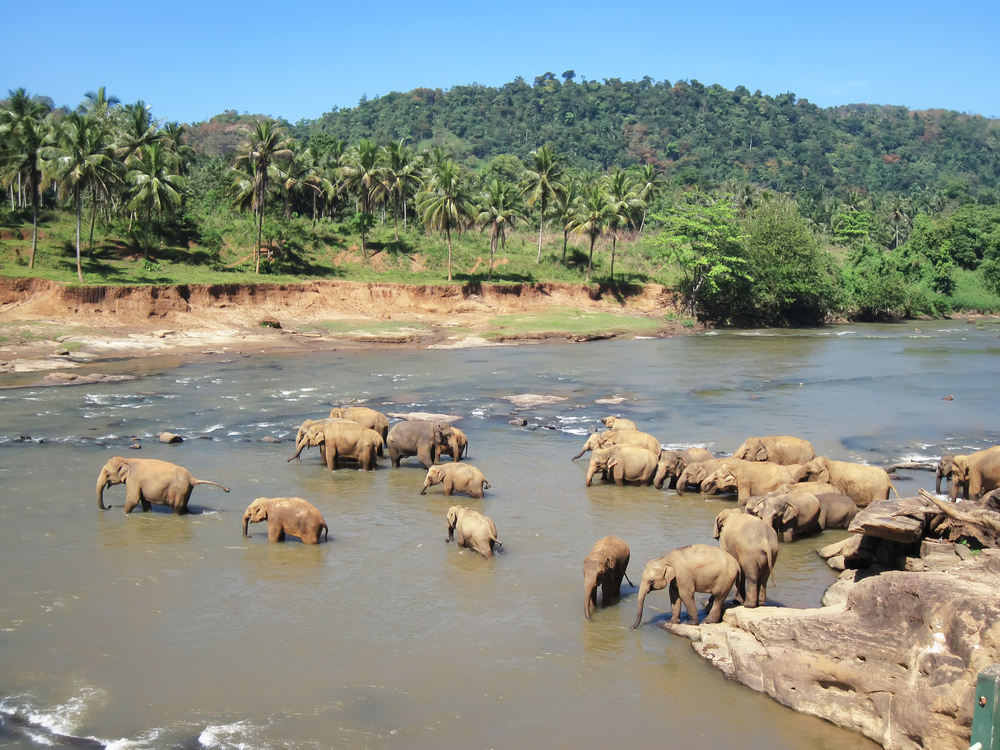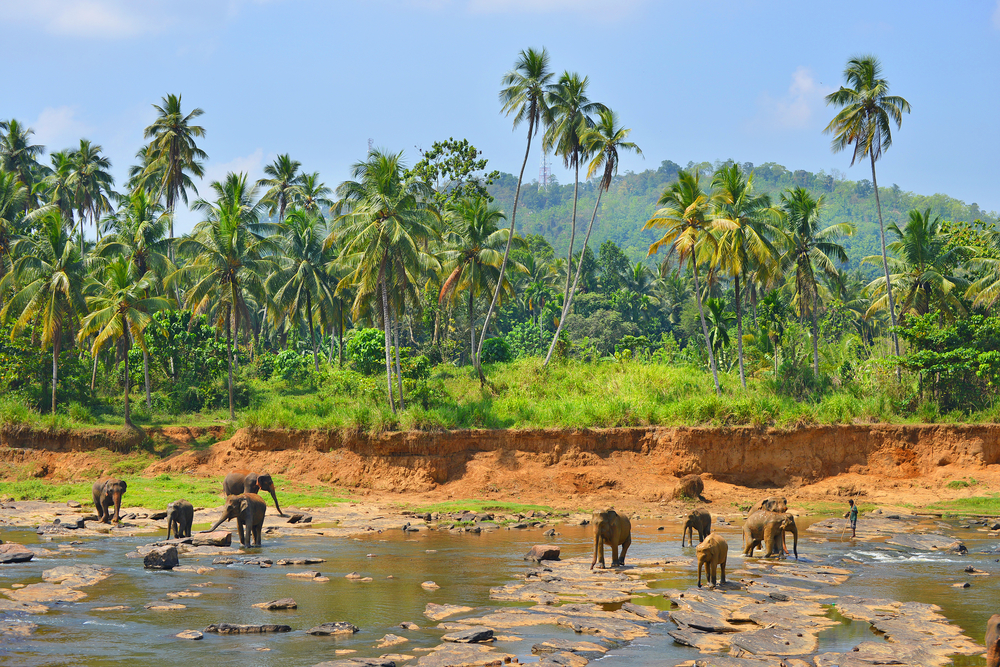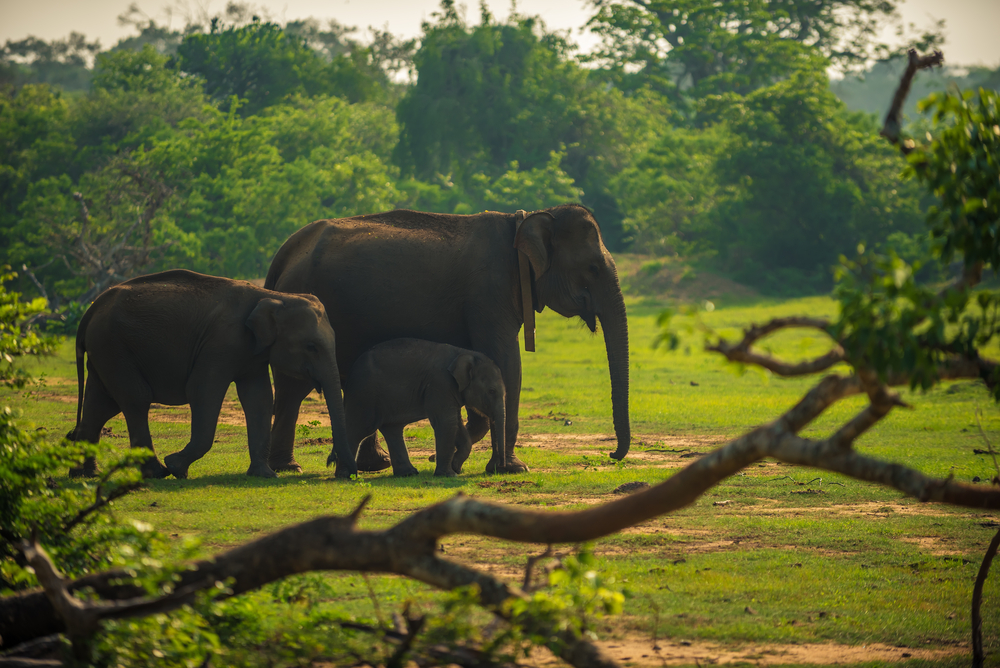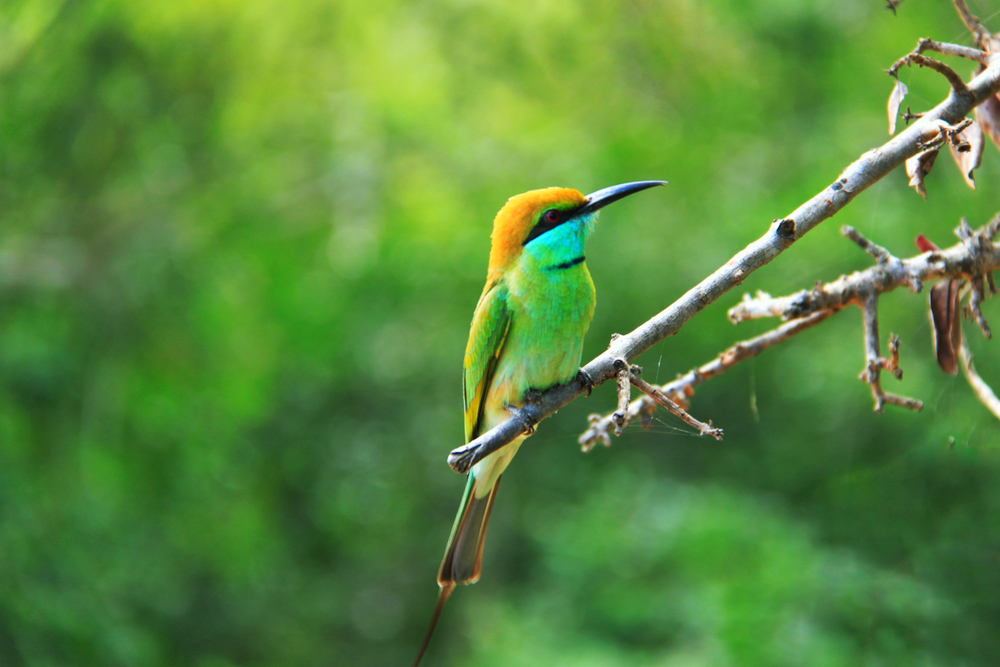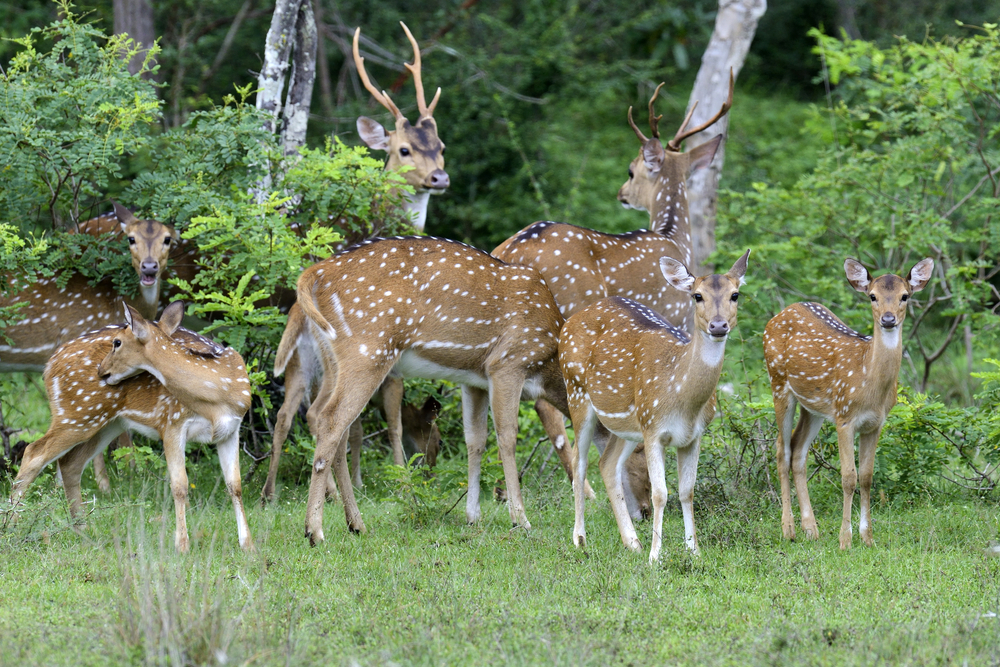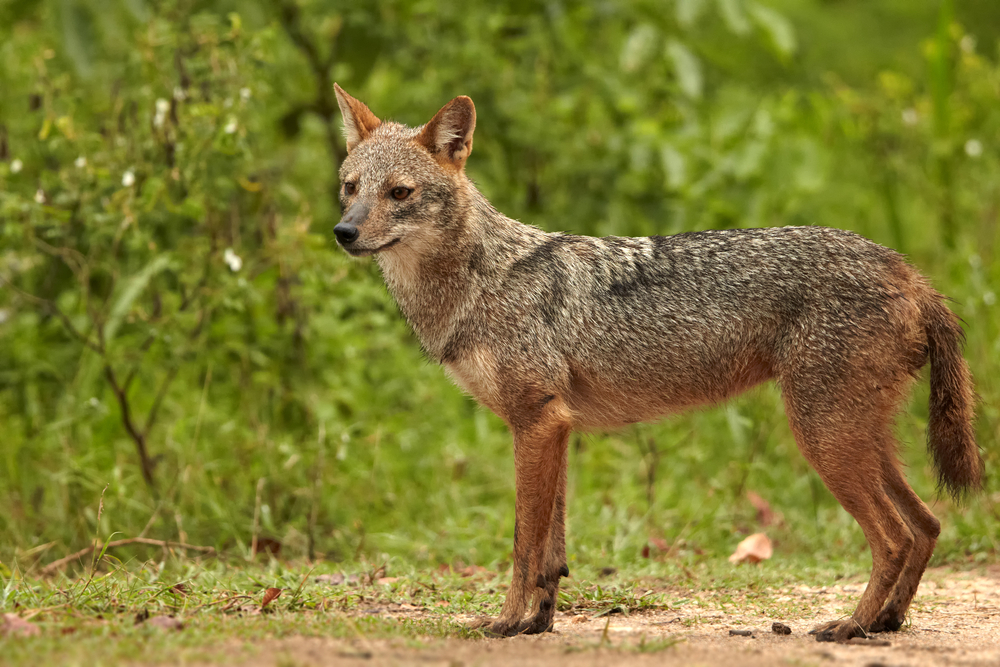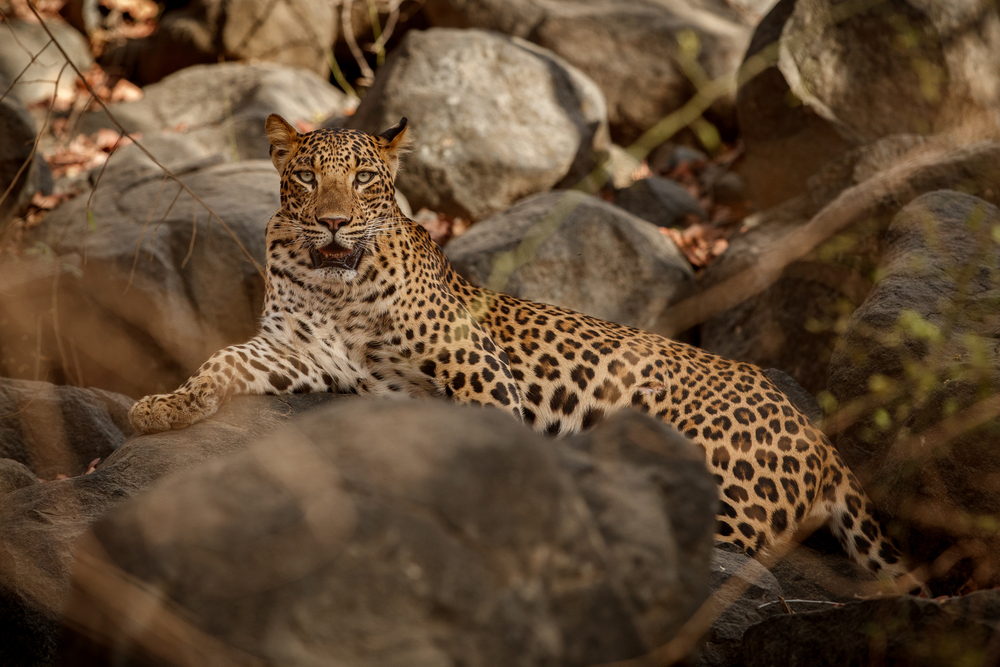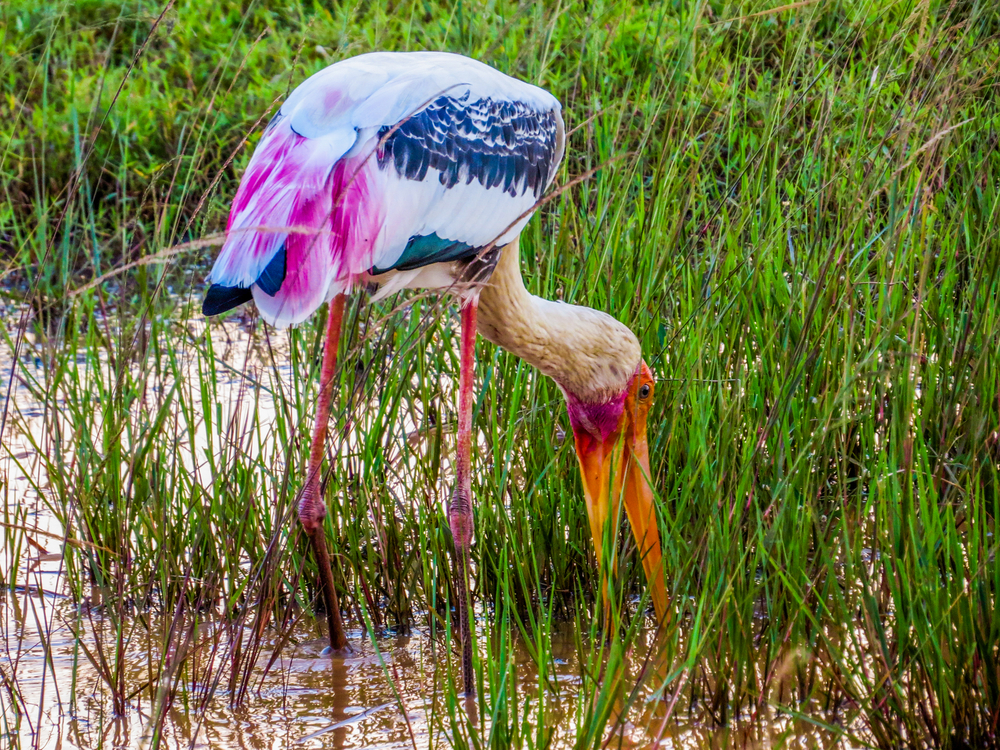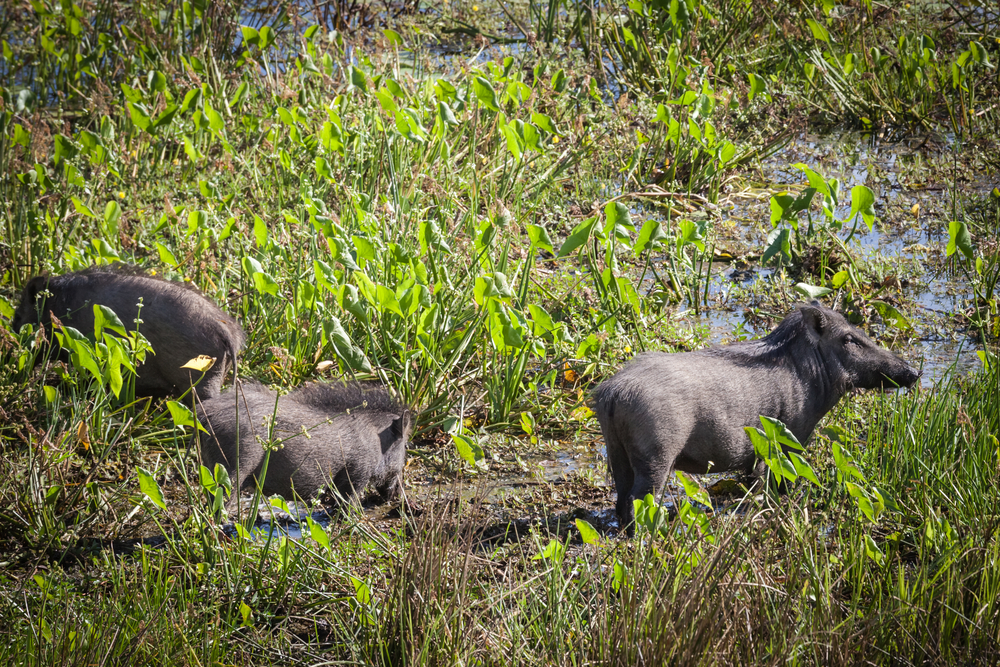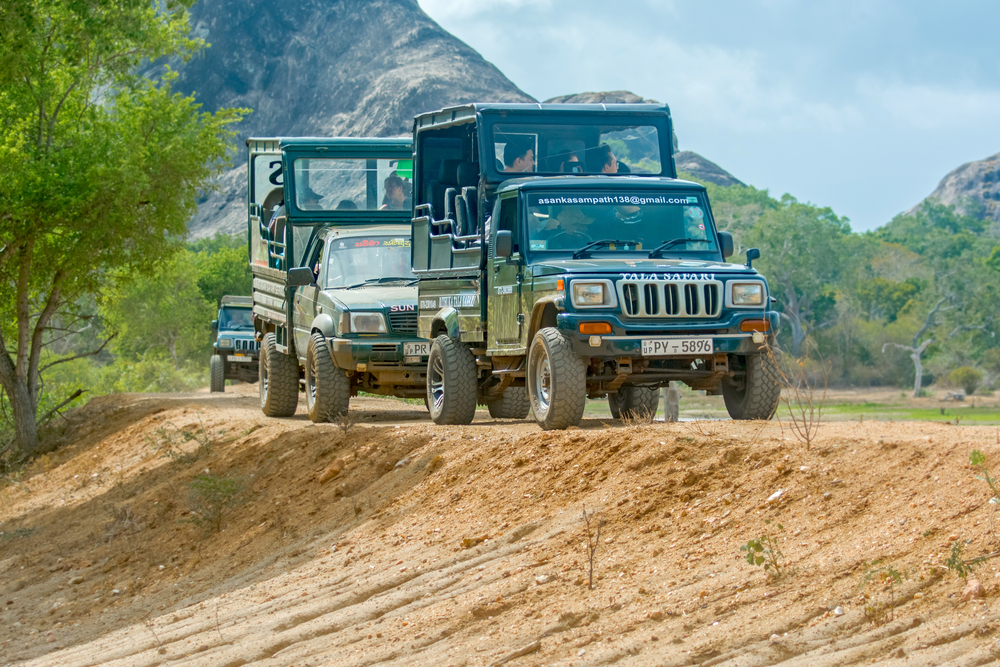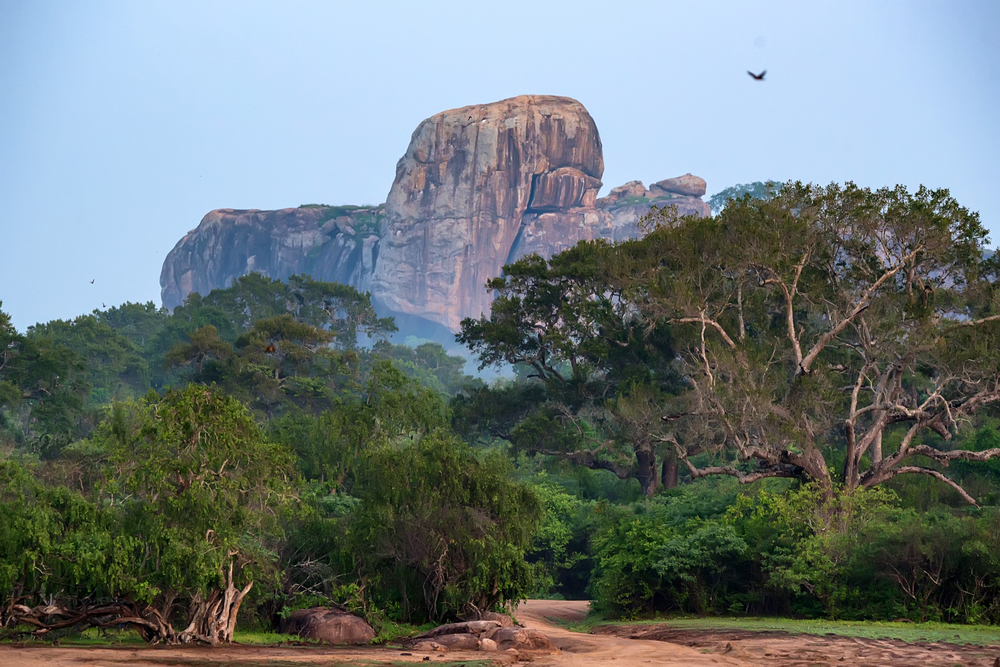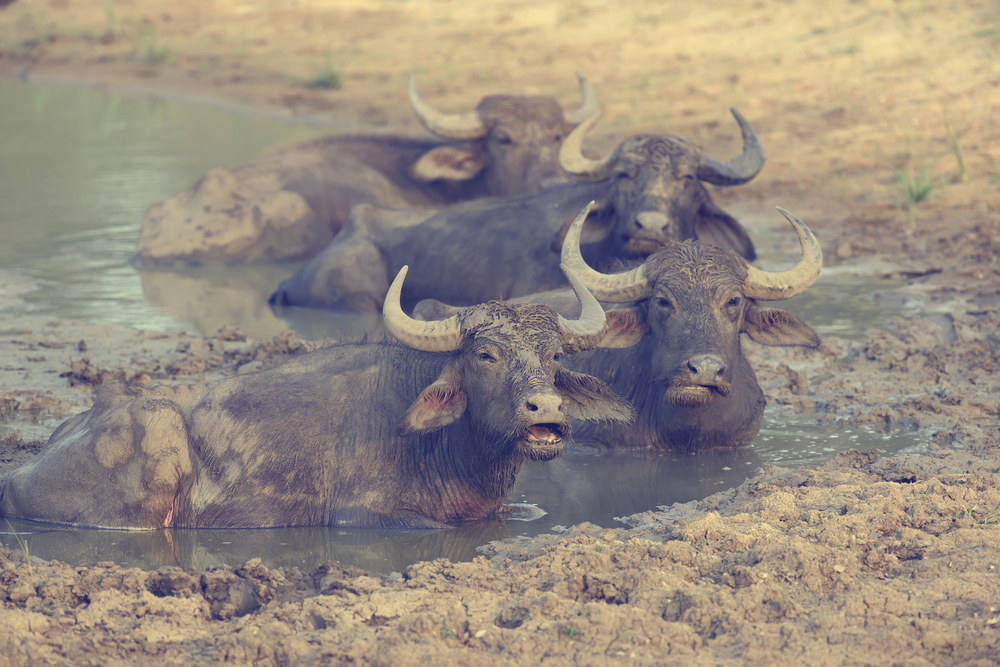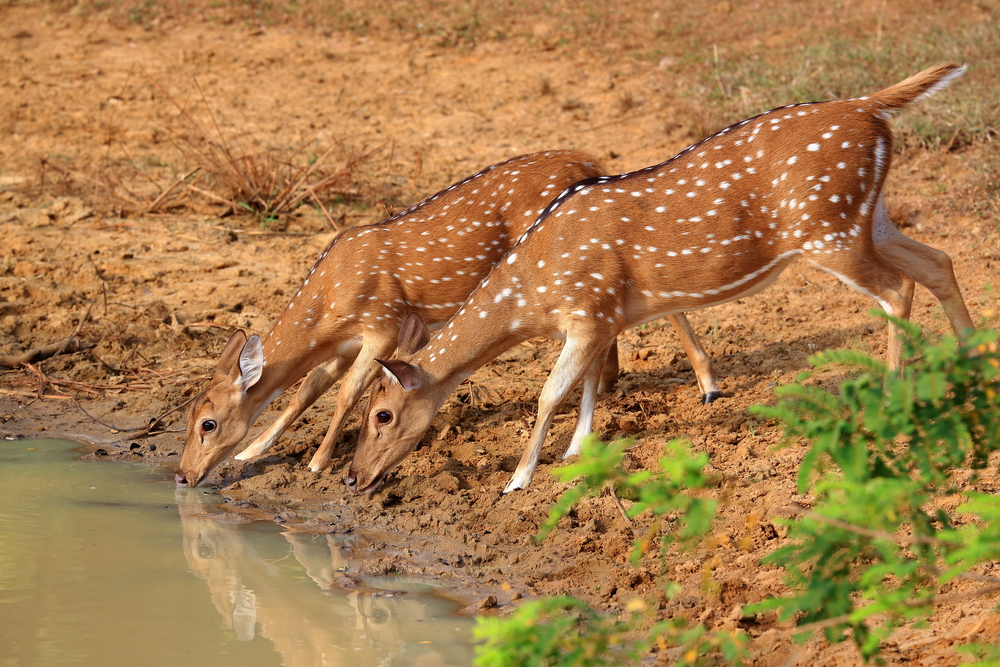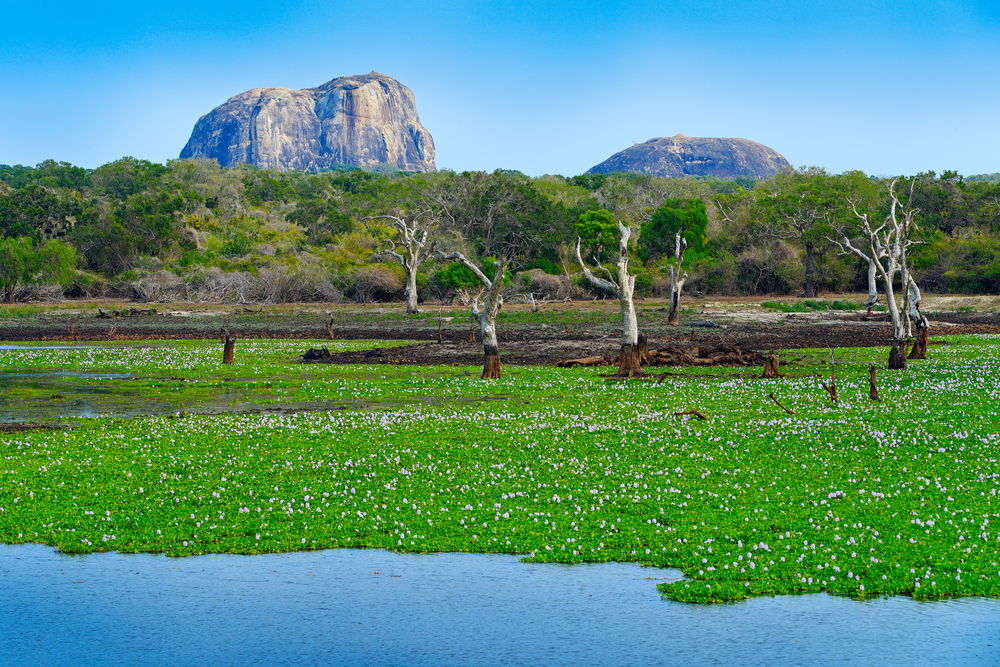Yala Overview
Yala National Park, established in 1938, is Sri Lanka’s most famous and second-largest national park, sprawling across the southeast coast of the island, encompassing parts of the Southern and Uva Provinces. Covering an area of approximately 979 square kilometers (about 378 square miles), Yala is a wildlife sanctuary that boasts a diverse array of ecosystems, including moist monsoon forests, dry monsoon forests, semi-deciduous forests, thorn forests, grasslands, wetlands, and sandy beaches. This rich variety of habitats provides a haven for an abundance of wildlife and makes Yala one of the best places in the world to observe and study wild animals.
Yala National Park is divided into five blocks, with two of them open to the public. It is renowned for having one of the highest leopard densities globally, making it an exceptional place for sightings of this elusive big cat. Besides leopards, Yala is home to a large number of elephants, sloth bears, sambar deer, spotted deer, wild boar, crocodiles, monkeys, and a variety of other mammal species. The park is also an ornithologist’s paradise, with over 215 bird species recorded, including six endemic species to Sri Lanka.
The park’s landscape is dotted with several rocky outcrops that provide vantage points for wildlife viewing and photography. The ancient ruins of Sithulpawwa, an ancient Buddhist monastery, add a historical dimension to the park, indicating its significance as a region inhabited by early civilizations.
Visitors to Yala National Park can explore its vast expanses through safari tours, which are offered in jeeps with experienced drivers and guides. These safaris provide opportunities for up-close encounters with the park’s wildlife in their natural habitats. With its rich biodiversity, stunning landscapes, and the chance to witness the majestic Sri Lankan leopard, Yala National Park is a must-visit destination for nature lovers, wildlife enthusiasts, and anyone looking to experience the unparalleled beauty of Sri Lanka’s wilderness.
Park Map
Yala National Park Trails
Sources
- Lonely Planet, Yala National Park, https://www.lonelyplanet.com/sri-lanka/the-south/yala-national-park, retrieved April 2024.
- Yala National Park, Official Site, https://www.yalasrilanka.lk/, retrieved April 2024.
- Yala Sri Lanka, Official Site, https://www.yalasrilanka.lk/about-yala.html, retrieved April 2024.








































































